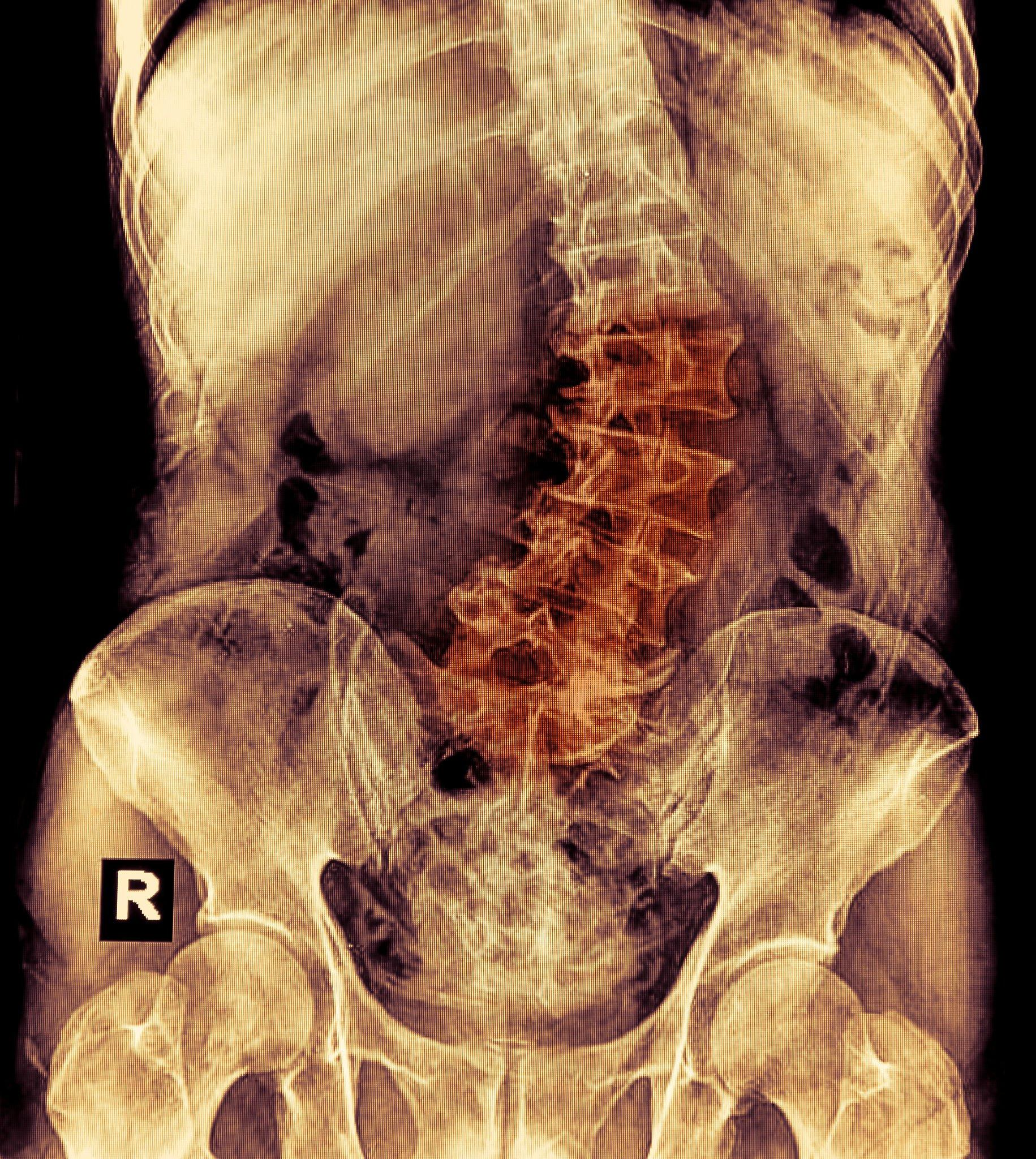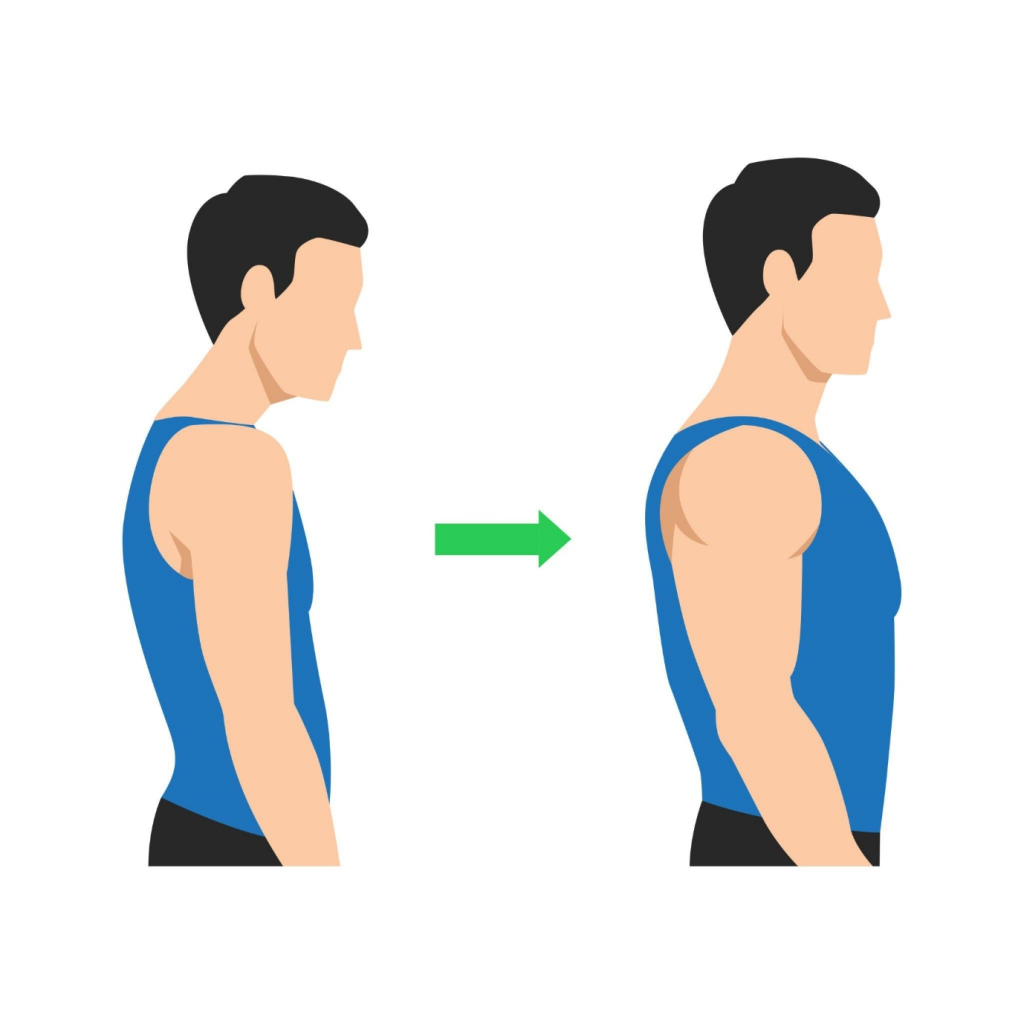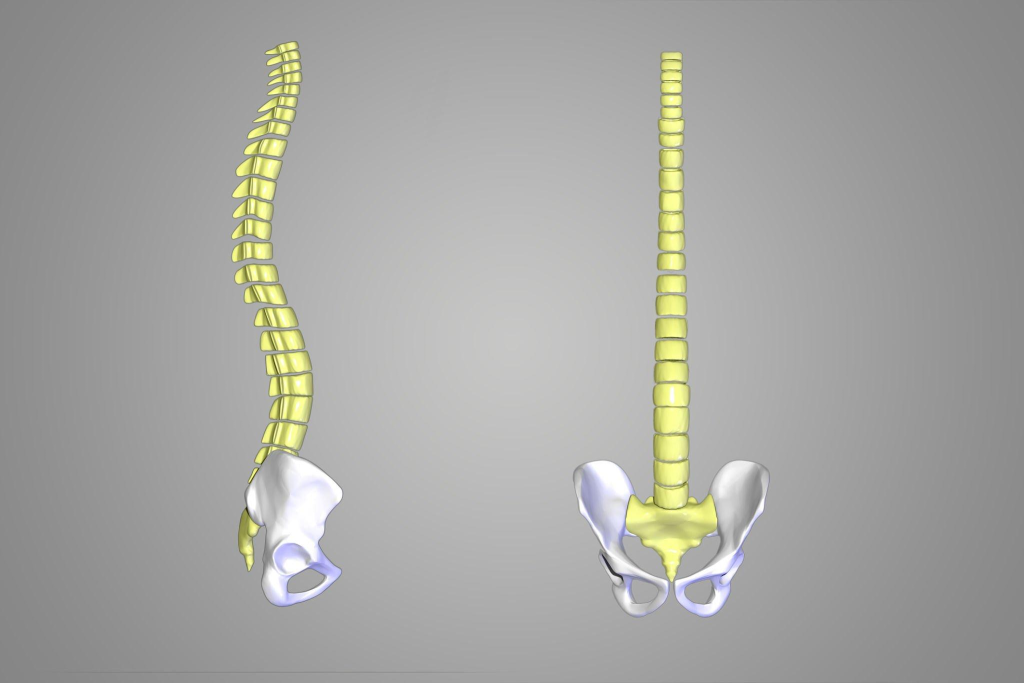In today’s fast-paced world, where we spend a significant amount of time hunched over screens, maintaining proper spine alignment before and after has become more crucial than ever. Our sedentary lifestyles and poor posture can lead to a plethora of health issues, ranging from back pain to reduced lung capacity. In this article, we’ll explore the importance of spine alignment before and after, the effects of poor posture, and practical steps to achieve better spinal health.
Our spine serves as the backbone of our entire body, quite literally.
It not only provides structural support but also houses the spinal cord, which is responsible for transmitting messages between the brain and the rest of the body. Maintaining proper spine alignment before and after ensures that our body functions optimally and remains healthy.
Understanding Spine Alignment Before and After
- The Natural Spinal Curves
The spine isn’t straight; it naturally has curves that enable shock absorption and maintain balance. There are four primary curvatures: cervical (neck), thoracic (upper back), lumbar (lower back), and sacral (pelvic). These curves work together to distribute weight and minimize stress on the vertebrae.
- Importance of Proper Alignment
When the spine is correctly aligned before and after, the body’s weight is evenly distributed, reducing strain on individual vertebrae and the surrounding muscles. This alignment prevents abnormal wear and tear, helping to avoid chronic pain and discomfort.
Consequences of Poor Spine Alignment Before and After
- Back Pain and Discomfort Poor posture and spine misalignment often lead to chronic back pain. When the spine is not aligned correctly, certain muscles are forced to overcompensate, causing tension and discomfort.
- Breathing and Digestion Issues Believe it or not, spine alignment before and after affects more than just our skeletal structure. When the spine is misaligned, the ribcage may compress, limiting lung expansion and compromising breathing. Additionally, digestion can be impaired as misalignment might lead to pressure on organs in the abdominal area.
- Impact on Mood and Confidence Posture doesn’t only influence the body; it can also affect our mood and confidence. Studies show that slouching can lead to feelings of depression and decreased self-esteem. On the other hand, standing tall and aligned can boost confidence and even positively impact our cognitive functions.
How long does it take to fix spine alignment?
The time it takes to fix spine alignment varies from person to person and depends on the severity of the misalignment, individual response to treatment, and the methods used. Some people may experience improvement after a few sessions of treatment, while others might require longer periods of consistent care. Generally, noticeable improvements in spine alignment can be seen over a few weeks to several months of dedicated efforts, including professional treatments, exercises, and posture correction.
Trigger points are localized areas of muscle tightness that can affect spine alignment. By understanding how trigger points develop and their role in posture, you can better manage spinal health.
Is spinal realignment safe?
Spinal realignment, when performed by qualified and trained professionals such as chiropractors or physical therapists, is generally considered safe. These practitioners use manual techniques and adjustments to realign the spine, helping alleviate discomfort and improve function. However, as with any medical or therapeutic procedure, there can be risks and potential side effects. It’s important to consult with a healthcare professional before undergoing any spinal realignment procedure, especially if you have pre-existing medical conditions or concerns.
Does spine alignment work
Yes, spine alignment techniques can be effective in addressing certain issues related to poor posture, discomfort, and musculoskeletal imbalances. Proper spine alignment helps distribute weight evenly, reduce strain on muscles, and alleviate pressure on nerves. Many individuals experience relief from pain and improved mobility after receiving spinal realignment treatments. However, the effectiveness of spine alignment can vary depending on the individual’s condition, the chosen treatment methods, and the commitment to maintaining healthy habits and posture.
Is it good to get your spine adjusted
Getting your spine adjusted by a qualified and experienced healthcare professional, such as a chiropractor or physical therapist, can be beneficial for certain conditions. Spinal adjustments aim to restore proper alignment, alleviate pain, and enhance overall function. However, whether it’s “good” for you depends on your specific circumstances. If you’re experiencing discomfort, limited mobility, or poor posture, consulting with a healthcare provider can help determine if spinal adjustments are appropriate for your situation. It’s essential to receive care from a reputable professional and to communicate openly about your medical history and any concerns you may have.
Factors Affecting Spine Alignment Before and After
- Ergonomics in the WorkspaceHours spent at a desk can wreak havoc on our spine if the workspace isn’t ergonomically designed. Adjusting chair height, using proper keyboard and mouse placement, and maintaining eye-level screen positioning can significantly improve alignment.
- Sleep Position and Mattress SupportThe position we sleep in and the mattress we use play a vital role in spine alignment before and after. Back sleepers should choose a pillow that supports the natural curve of their neck, while side sleepers may need a thicker pillow to keep the head aligned with the spine.
- Exercise and Muscle StrengthEngaging in regular exercise strengthens the muscles that support the spine. Core-strengthening exercises, yoga, and flexibility training can help maintain good posture by providing adequate muscular support.
- Sleep Environment OptimizationCreating a conducive sleep environment is crucial. A firm mattress that supports spine alignment before and after natural curves and a comfortable pillow can make a significant difference in maintaining proper alignment while sleeping.
Steps to Improve Spine Alignment Before and After
- Practicing Good PostureBeing mindful of our posture throughout the day is key. Whether sitting, standing, or walking, keeping the head aligned with the spine, shoulders relaxed, and core engaged helps maintain optimal alignment.
- Ergonomic WorkspacesInvesting in an ergonomic chair and setting up a workstation that promotes good posture can prevent strain and discomfort during long work hours.
- Regular Exercise and StretchingIncorporating exercises that strengthen core muscles and promote flexibility can help prevent spine misalignment before and after. Stretching also maintains muscle elasticity and reduces tension.
- Sleep Environment OptimizationChoose a mattress and pillows that provide adequate support to the spine’s natural curves before and after. Experiment with different sleep positions to find the one that maintains alignment.
Seeking Professional Help
- Chiropractic Care: Chiropractors are trained to diagnose and treat spine misalignments before and after. They use manual adjustments to realign the spine, relieving pain and improving overall function.
- Physical Therapy: Physical therapists can develop personalized exercise plans that target muscle imbalances, helping to correct posture and alignment issues.
Mind-Body Connection
- Yoga and Pilates: These practices focus on both physical movement and mindfulness. They strengthen core muscles and promote body awareness, aiding in better posture.
- Meditation and Mindfulness: Mindfulness practices encourage awareness of our body’s position and movement, leading to conscious efforts to maintain good posture.
Benefits of Improved Spine Alignment Before and After
- Pain Reduction and Prevention: Proper spine alignment can alleviate existing pain and prevent future discomfort caused by chronic poor posture.
- Enhanced Breathing and Digestion: Optimal alignment improves lung capacity and supports organ function, enhancing both breathing and digestion.
- Boosted Confidence and Mood: Good posture can have a positive impact on our psychological well-being, boosting confidence and mood.
Maintaining Progress
- Daily Habits for Long-Term Alignment: Consistently practicing good posture, staying active, and creating ergonomic workspaces are habits that contribute to long-term spine health.
- Periodic Check-ins with Professionals: Regular visits to chiropractors, physical therapists, or other spine specialists can ensure that any misalignments are promptly addressed.
Additional Tips for Maintaining Spine Alignment Before and After
- Proper Lifting Techniques: When lifting objects, whether heavy or light, it’s important to use proper techniques to prevent strain on your spine. Bend your knees, keep the object close to your body, and use the strength of your legs and core muscles to lift.
- Footwear Matters: Believe it or not, the shoes you wear can impact your spine alignment before and after. Choose shoes that provide proper arch support and cushioning to maintain proper alignment from the ground up.
- Mindful Movement: Incorporate mindfulness into your daily routine. Whether you’re walking, sitting, or standing, be conscious of your body’s alignment. Regularly check in with your posture and make adjustments as needed.
- Stay Hydrated: Drinking an adequate amount of water supports the health of your intervertebral discs, which act as shock absorbers between your vertebrae. Proper hydration can contribute to maintaining the integrity of your spine.
- Avoid Prolonged Sitting: Sitting for extended periods can strain your spine and contribute to poor alignment. Take breaks to stand, stretch, and move around, allowing your spine to decompress.
- Maintain a Healthy Weight: Excess weight can put additional stress on your spine and lead to misalignment. Maintaining a healthy weight through a balanced diet and regular exercise can positively impact spine health.
- Stay Consistent: Improving and maintaining spine alignment before and after is an ongoing process. Consistency in practicing good posture, engaging in exercise, and seeking professional care will yield the best results over time.
Incorporating Spine Alignment Before and After in Your Life
Morning Routine: Start your day with a few minutes of gentle stretching. This can help wake up your muscles and promote proper alignment for the rest of the day.
Work Breaks: Set a timer to remind yourself to take short breaks during work hours. Use these breaks to stand, stretch, and perform a quick posture check.
Ergonomic Accessories: Consider using ergonomic accessories such as lumbar cushions and standing desks to support proper spine alignment while working.
Evening Relaxation: Wind down with a few minutes of relaxation exercises. This can include deep breathing, gentle yoga, or mindfulness meditation to release tension and realign your spine.
Restorative Sleep: Prioritize getting enough sleep on a comfortable mattress that supports your spine’s natural curves.
Social Support: Share your commitment to better spine alignment before and after with friends or family. Encourage each other to maintain good posture and healthy habits.
Final Thoughts
Prioritizing spine alignment before and after is an investment in our overall health and well-being. By understanding the importance of maintaining the natural curvature of the spine and taking proactive steps to improve posture, we can prevent pain, enhance bodily functions, and enjoy a more confident and energized life.
Your spine is a remarkable and essential part of your body, and maintaining its alignment before and after is crucial for overall well-being. By incorporating these strategies into your daily routine, you can take proactive steps to prevent discomfort, reduce pain, and enhance your quality of life. Remember, it’s never too late to start, and your efforts will yield positive results that extend far beyond just physical health. Prioritize your spine, prioritize your health.
FAQs How can poor posture affect my digestion?
Poor posture can compress the digestive organs, potentially leading to discomfort and digestive issues.
Is it too late to improve my spine alignment if I’ve had bad posture for years?
It’s never too late! Consistent effort and professional guidance can significantly improve your spine alignment before and after.
Can I fix my posture just by sitting up straight?
While sitting up straight is a good start, maintaining proper posture involves overall body awareness and strengthening of supporting muscles.
How often should I do exercises to improve my spine alignment?
Aim for regular exercise sessions that focus on core strength and flexibility at least a few times a week.
Can meditation really help improve my posture? Yes, mindfulness practices like meditation can enhance your awareness of your body’s alignment and encourage better posture habits.
About Authors
Dr. Muhammad Mahmood Ahmad is a Spinal as well as an Orthopedic Surgeon with over 14 years of experience currently practicing at Razia Saeed Hospital, Multan.








